I remember exactly where I was the first time I heard Skid Row’s “Slave to the Grind.” It was June 1991, and I was driving my perpetually overheating ’84 Civic to what would be my last shift at Tower Records before starting my first “real” music journalism gig. I’d grabbed the advance cassette from the store’s promo pile the day before, mostly out of morbid curiosity. Their debut had been decent enough—”Youth Gone Wild” and “18 and Life” had a certain charm—but they were firmly in the hair metal camp, and by ’91, my musical snobbery was in full bloom. I expected more of the same glossy, radio-friendly hard rock.
The cassette had been sitting on my passenger seat for the entire drive, and I finally popped it in about three blocks from the store. The title track exploded out of my pathetic factory speakers, and I nearly drove into a parked car. What the hell was this? The raw aggression, the speed, the sheer heaviness—this wasn’t the Skid Row I thought I knew. This was… actually heavy metal. Not image-conscious hard rock with big choruses, but genuine, pissed-off, take-no-prisoners metal.
By the time Sebastian Bach hit that scream about thirty seconds in—you know the one—I had pulled into the Tower parking lot and was just sitting there, engine running, completely recalibrating my understanding of who Skid Row was as a band. I ended up being fifteen minutes late for my shift because I couldn’t bring myself to turn it off. My manager—a guy named Theo who was deep into death metal and generally dismissed anything with commercial appeal—saw the cassette in my hand as I rushed in and rolled his eyes. “Let me guess, more hairspray bullshit?” he said.
“Dude, you need to hear this,” I said, with the evangelical fervor of the newly converted. “It’s… actually heavy.”
“Slave to the Grind” hit the metal scene like a bomb. This was a band that had been lumped in with Poison and Warrant just two years earlier, suddenly delivering an album that could hang with Pantera in terms of aggression and attitude. The title track wasn’t a fluke—the album delivered track after track of legitimately heavy material that left most of their hair metal contemporaries in the dust and gave many thrash bands a run for their money.
The context is important here. By 1991, hair metal was already on life support. Nirvana was just months away from dropping the guillotine blade with “Nevermind,” and many of the bands who’d ruled the Sunset Strip were already softening their sound in a desperate bid for radio relevance. Meanwhile, thrash had largely plateaued creatively, with many of the genre’s pioneers either going more commercial (Metallica was putting the finishing touches on the Black Album) or more extreme (Slayer had released “Seasons in the Abyss” the year before, doubling down on their brutality).
Into this shifting landscape comes Skid Row with what should have been career suicide—an album that was too heavy for their established fan base but came from a band that lacked credibility with the thrash crowd. It was a massive gamble, and the fact that it debuted at #1 on the Billboard charts is still somewhat miraculous to me.
What made “Slave to the Grind” work was its absolute conviction. This wasn’t a calculated move; this was a band evolving in real time, finding their authentic voice. The classic lineup of Sebastian Bach, Rachel Bolan, Scotti Hill, Dave “Snake” Sabo, and Rob Affuso had clearly gone through some kind of collective epiphany between albums, stripping away the commercial considerations and just making the heaviest music they could.
The production, handled by Michael Wagener (who’d worked with everyone from Accept to Extreme), was crucial to the album’s impact. Unlike the somewhat glossy sound of their debut, “Slave to the Grind” had this raw, in-your-face quality that emphasized the band’s newfound aggression. The guitars were front and center, with a tone that was simultaneously heavy and articulate. Bach’s voice—always the band’s secret weapon—was captured in all its banshee glory, from gritty lows to those stratospheric highs that could peel paint.
Let’s talk about Bach for a moment. Whatever you think of his public persona (and, having interviewed him a couple of times, I can confirm he contains multitudes), the man is a force of nature as a vocalist. On “Slave to the Grind,” he delivers a performance for the ages, showing a range and versatility that most of his contemporaries couldn’t touch. From the vicious snarl of “Monkey Business” to the soulful power of “Quicksand Jesus,” he proves himself to be not just a pretty face with a high range but a genuinely great metal vocalist.
And those songs—Jesus. The title track opens things with a statement of intent, its relentless pace and razor-sharp riff announcing that this isn’t the same band that gave us “I Remember You.” “Monkey Business” follows with that monstrous groove and some of Bach’s most aggressive vocals. “The Threat” could have come straight off a Testament album. Even when they dial back the tempos, as on “Psycho Love” or “Creepshow,” there’s a menacing heaviness that never lets up.
But the album isn’t just mindless aggression. “In a Darkened Room” and “Quicksand Jesus” show a band equally capable of creating moody, atmospheric metal with genuine emotional depth. These tracks, with their dynamic shifts and Bach’s more nuanced vocal approach, hint at a sophistication that few would have associated with Skid Row based on their debut.
What’s always fascinated me about “Slave to the Grind” is the creative tensions it reveals. The songwriting was primarily handled by Bolan and Sabo, neither of whom had the metal-god image that Bach projected. There’s something compelling about these relatively unassuming guys writing material of such ferocity, then having it delivered by rock’s most photogenic wild man. That contradiction—between the songwriters’ blue-collar craftsmanship and Bach’s larger-than-life persona—created a dynamic that drove the album.
I caught the “Slave to the Grind” tour when it came through Los Angeles, at the height of my musical snobbery phase. I went partly out of professional curiosity (I was writing for a local music paper by then) and partly because a friend had an extra ticket. The crowd was this fascinating mix—leopard-print-wearing holdovers from their glam days mingling with denim-and-leather thrashers who’d heard the new album was actually legit. I stood in the back, arms crossed, determined to maintain my critical distance.
Three songs in, I was headbanging like it was 1986 and I was seeing Slayer for the first time. The band was absolutely on fire, playing with an intensity that made their recorded versions seem tame by comparison. Bach was a madman, prowling the stage like a predator, hitting notes that shouldn’t be humanly possible while the band delivered those songs with machine-like precision. By the encore, I had lost my voice from shouting along to “Monkey Business” and had completely abandoned any pretense of journalistic detachment.
What’s tragic is that the album now feels like a road not taken. Within a year, grunge would completely change the hard rock landscape, sweeping away the hair metal scene that Skid Row had already outgrown. Their follow-up, “Subhuman Race,” pushed even further into heavy territory but arrived in 1995, when the bottom had completely fallen out of the market for anything associated with the 80s metal scene, regardless of its actual musical content.
Bach would leave the band in 1996, and while there have been various reunions and lineup changes over the years, they never recaptured the lightning-in-a-bottle magic of “Slave to the Grind.” In some alternate timeline, Skid Row followed this album with another evolutionary leap and established themselves as metal heavyweights for decades to come. In our reality, it stands as a singular moment—a glimpse of what might have been.
I’ve had arguments with metal purists about this album for literally decades now. There’s still this resistance to accepting that a band once lumped in with the hair metal scene could create something legitimately heavy. I remember a particularly heated debate at a party around 2005 with a guy in a Morbid Angel shirt who insisted no “real” metal fan could possibly respect Skid Row. I bet him $20 that if I played him three tracks from “Slave to the Grind” without telling him what it was, he’d think it was a legitimate thrash album.
Twenty minutes and three songs later, he was grudgingly handing over a twenty and asking to hear the rest of the album. “I still don’t like Sebastian Bach,” he muttered, “but that’s actually… pretty fucking heavy.”
That’s the legacy of “Slave to the Grind”—an album so good it can convert even the most dedicated skeptics. A document of a band finding their true voice at exactly the moment when the world was moving on to something else. A reminder that genuine artistic evolution can come from the most unexpected places.
Every few years, I pull out my now-battered CD copy (I wore out the cassette long ago) and give it a proper listen front to back. What strikes me every time is how well it holds up. Unlike much of the metal from that era, which can sound dated or tied to specific trends, “Slave to the Grind” exists in its own hard-hitting universe. The production choices, the songwriting, the performances—they all still hit with the same impact they did when I nearly crashed my car hearing that title track for the first time.
In a way, “Slave to the Grind” was too good for its own good. By so completely shedding their glam image and sound, Skid Row created something that didn’t fit neatly into any of the boxes the music industry had established. Too heavy for radio, too rooted in traditional metal for the extreme crowd, made by guys with the wrong haircuts for the thrash scene—it existed in a liminal space between established genres.
But that’s exactly what makes it special. “Slave to the Grind” isn’t a hair metal album, or a thrash album, or a hard rock album—it’s just a great metal album, period. And sometimes, that’s more than enough.
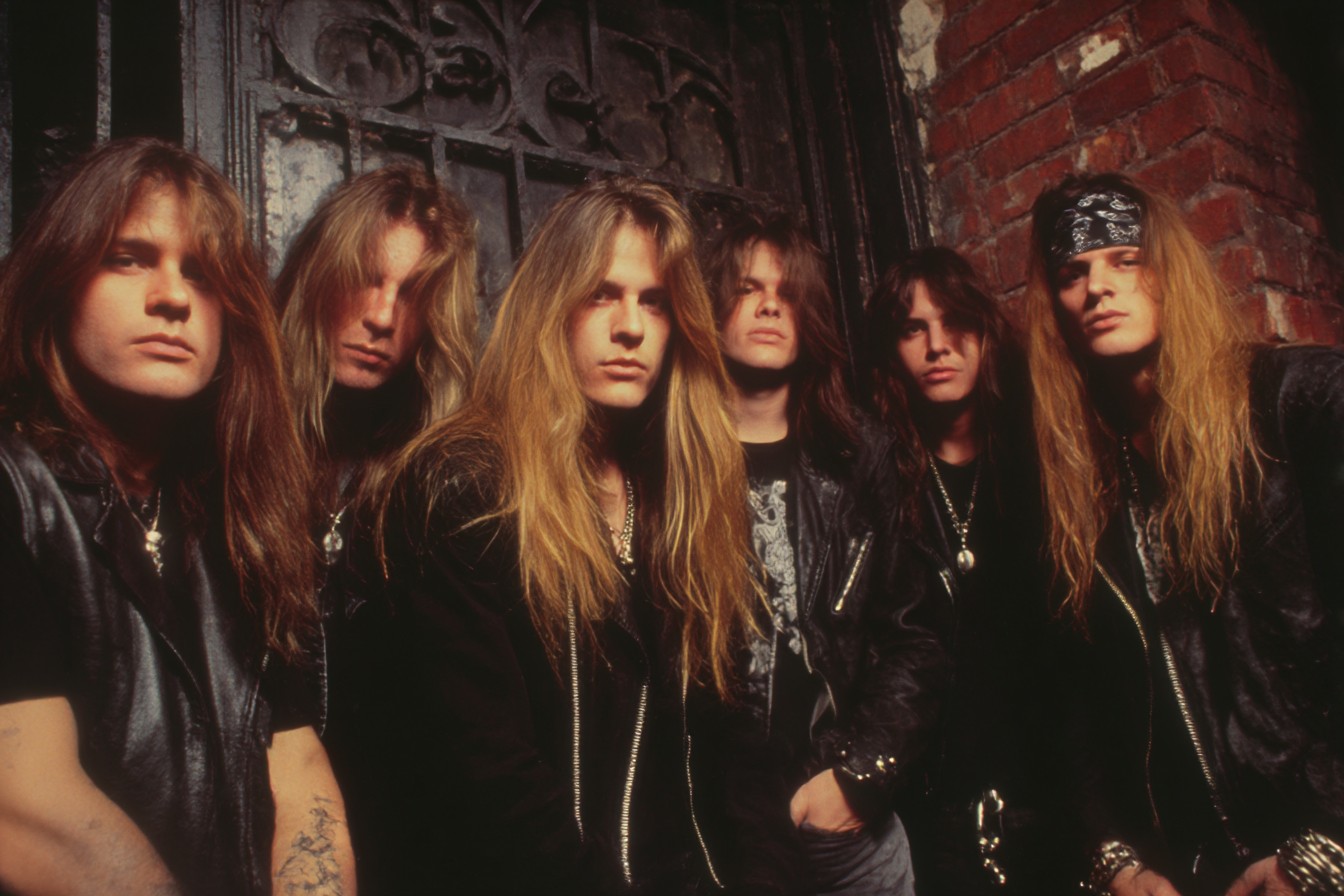
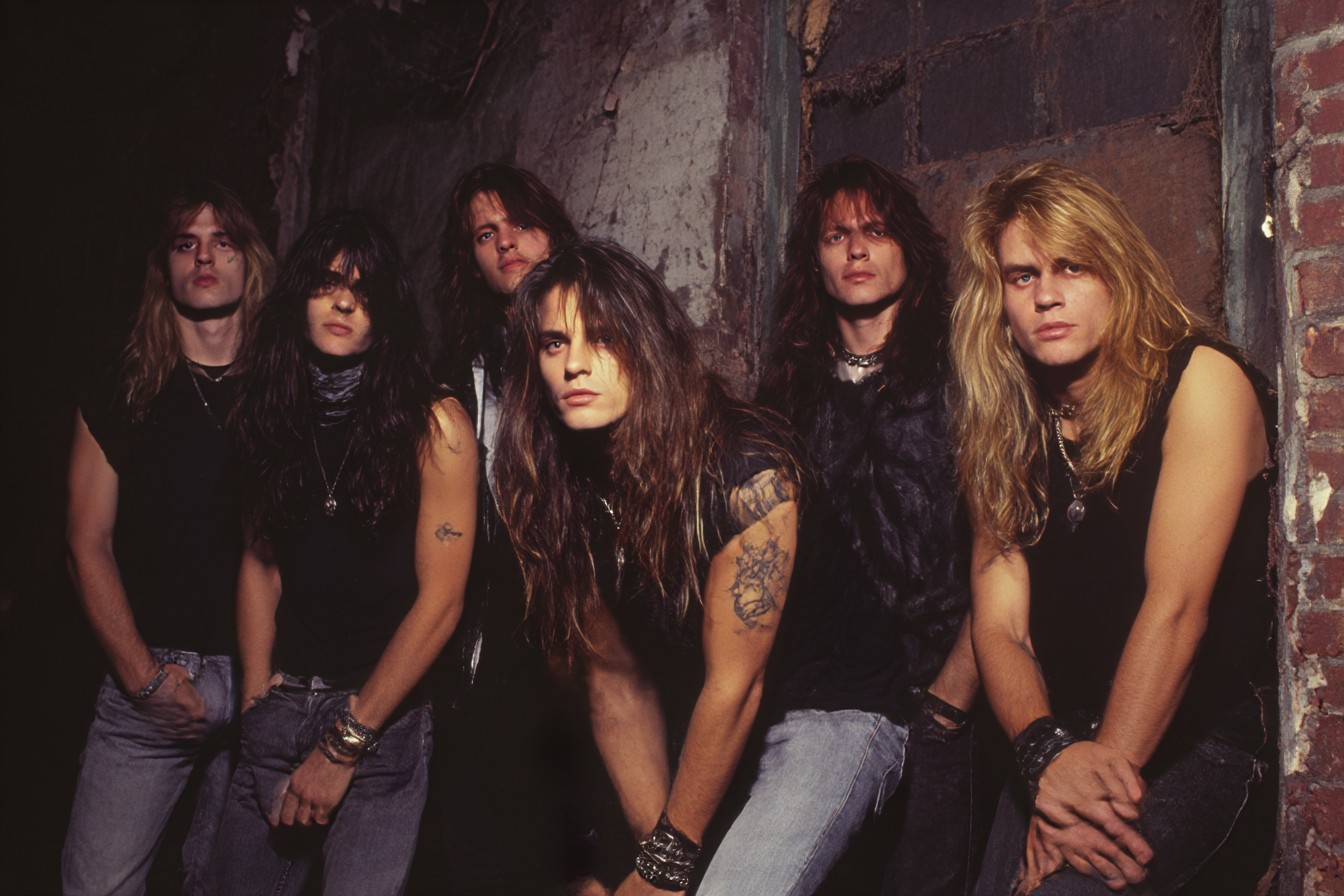
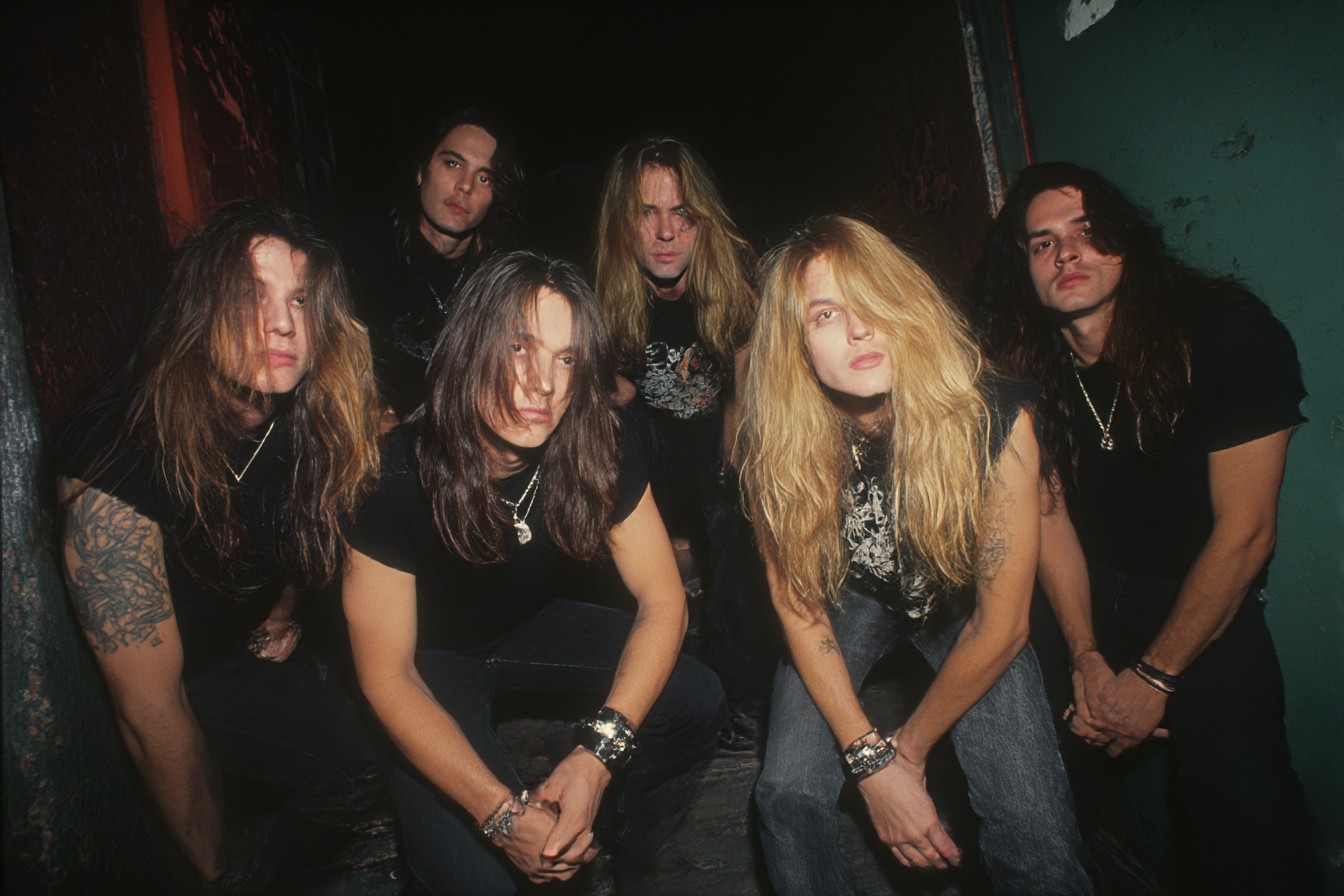
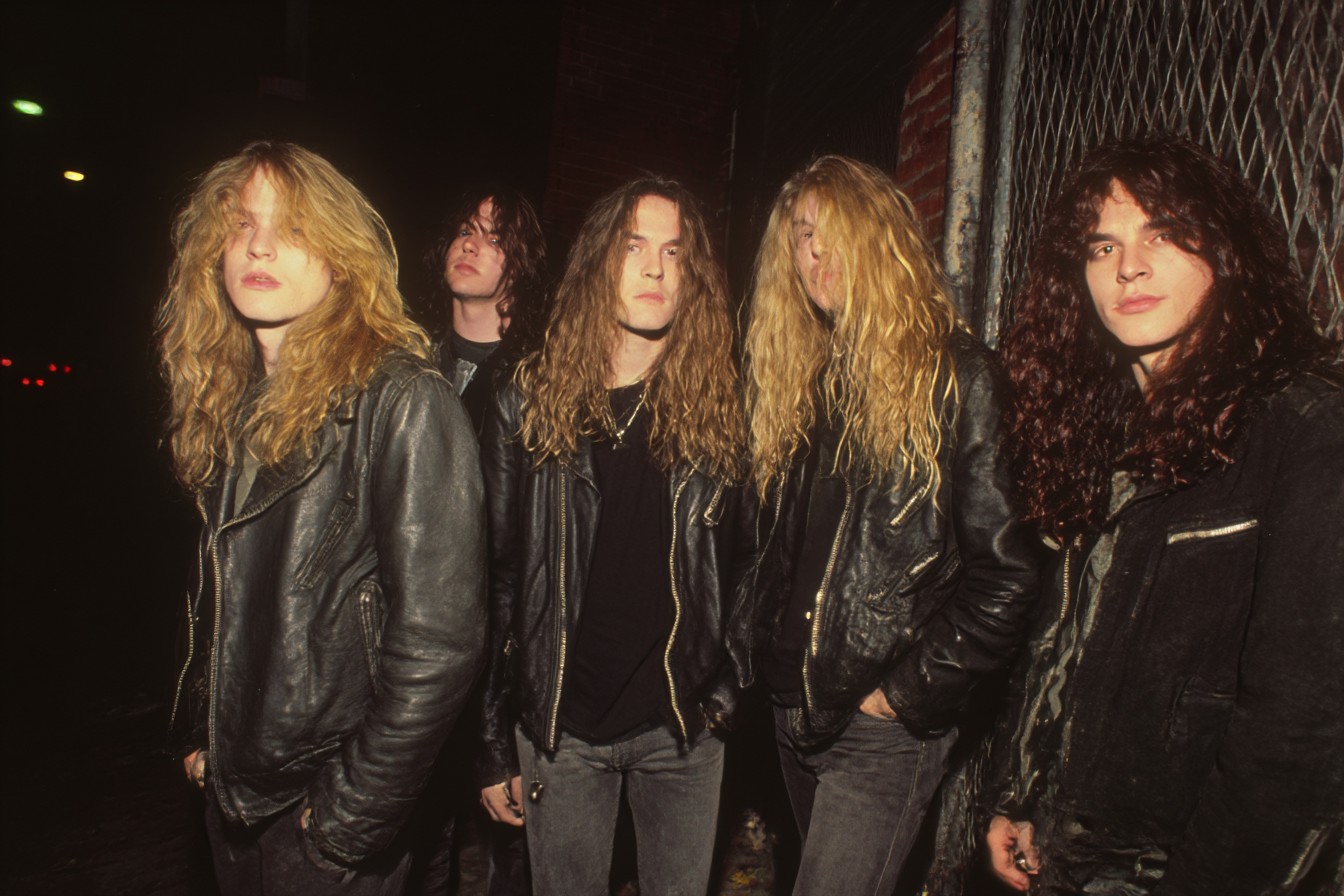
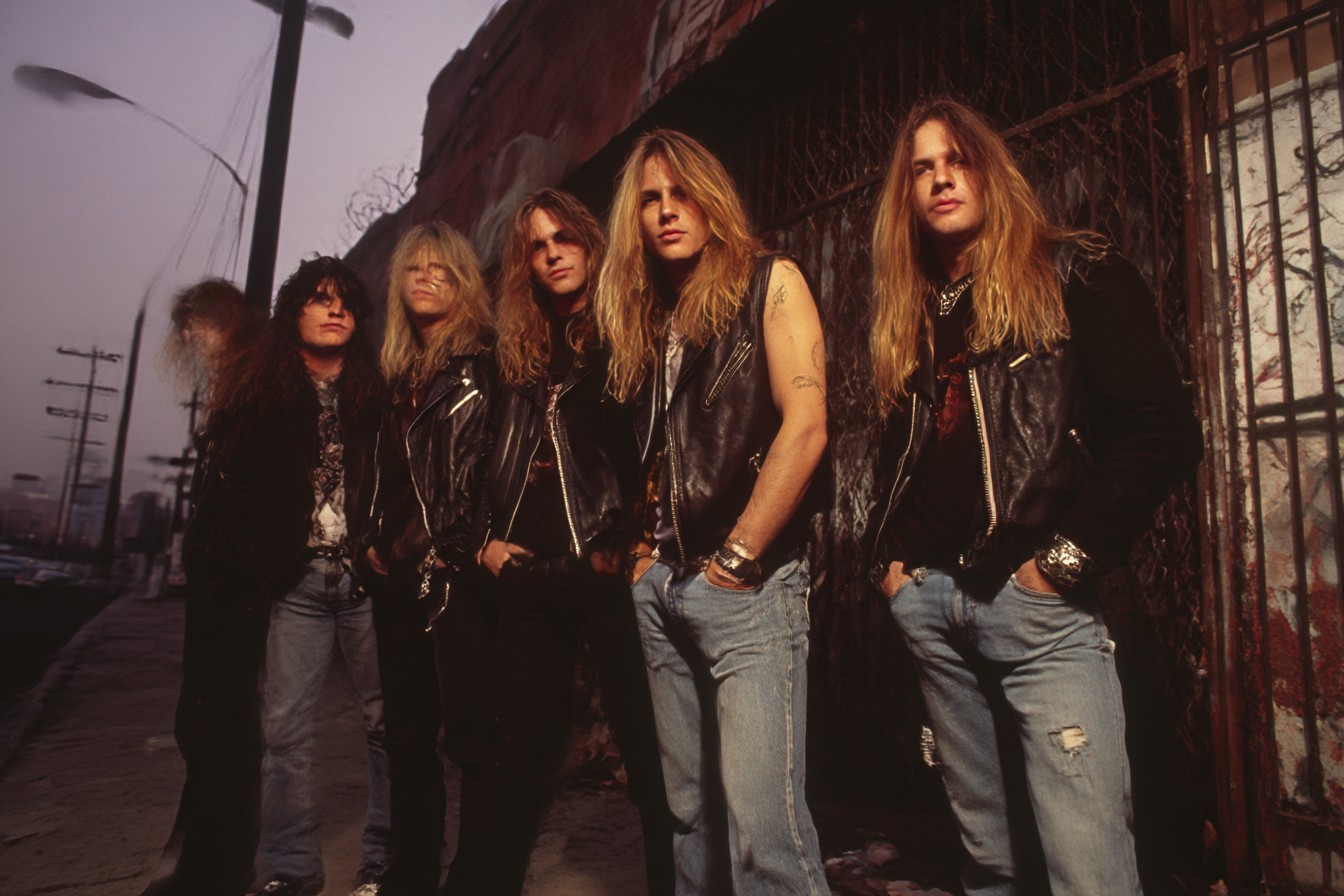
Leave a Reply